Unexpected expenses—car repairs, medical bills, or sudden job changes—can derail even the best-laid financial plans. That’s why an emergency fund is your safety net: a dedicated stash of cash you can tap when life throws a curveball. Here’s how to create and grow an emergency fund that gives you peace of mind and financial resilience.
1. Define Your Target
Experts typically recommend saving three to six months’ worth of essential living expenses. Start by listing your fixed costs: rent or mortgage, utilities, groceries, insurance, minimum debt payments, and transportation. If those total $3,000 per month, aim for a $9,000–$18,000 emergency cushion. You don’t have to hit the high end right away—set a realistic short-term goal (say $1,000) to build momentum and confidence.
2. Automate Your Savings
Out of sight, out of mind—so make saving automatic. On payday, schedule a recurring transfer from checking to a separate high-yield savings account. Even $50 or $100 per paycheck adds up: at $100 biweekly, you’ll hit a $2,600 balance in a year without spending a moment thinking about it. If your cash flow fluctuates, start with a smaller amount and raise it as you grow more comfortable.
3. Treat Windfalls Strategically
Tax refunds, bonuses, and side-hustle earnings are golden opportunities. Rather than splurging, earmark at least half of every windfall for your emergency fund. That $1,200 tax refund becomes $600 saved—and it only takes a few moments online to redirect that money to your high-yield account.
4. Trim and Redirect
Review your monthly subscriptions and discretionary spending. Could you pause a streaming service or trim an unused gym membership? Redirect the savings to your emergency fund. Even small cuts—like skipping one takeout meal per week—can free $30–$50 monthly. Use our “what-if” calculator to model how each tweak accelerates your path to your target fund.
5. Keep It Liquid—but Not Too Tempting
Your emergency fund should be easily accessible in a crisis—but not so handy that you dip in for non-emergencies. A separate high-yield savings account (online banks often pay 4% APY or more) strikes the right balance. Avoid checking or debit cards linked to this account; the extra step of logging in online helps curb impulse withdrawals.
6. Celebrate Milestones
Saving can feel like a slog if you only fixate on the end goal. Set smaller milestones—$500, $1,000, $2,500—and celebrate each one. Treat yourself to a modest reward (within budget, of course): a favorite coffee, a new book, or a movie night at home. That positive reinforcement keeps you motivated for the long haul.
7. Reassess Annually
Life changes—family growth, career shifts, relocation—can impact your expenses. Once a year, recalculate your essential cost baseline and adjust your emergency-fund target accordingly. If your monthly costs rise to $3,500, update your goal range to $10,500–$21,000 and tweak your saving plan to match.
Take the Next Step
An emergency fund transforms financial anxiety into stability. At BrilliantBudget.com, we’re here to equip you with the tools and community support you need. Download our free emergency-fund tracker, join our private budgeting forum, and subscribe for weekly tips delivered straight to your inbox. Start today—and build the financial safety net that lets you face life’s surprises with confidence.


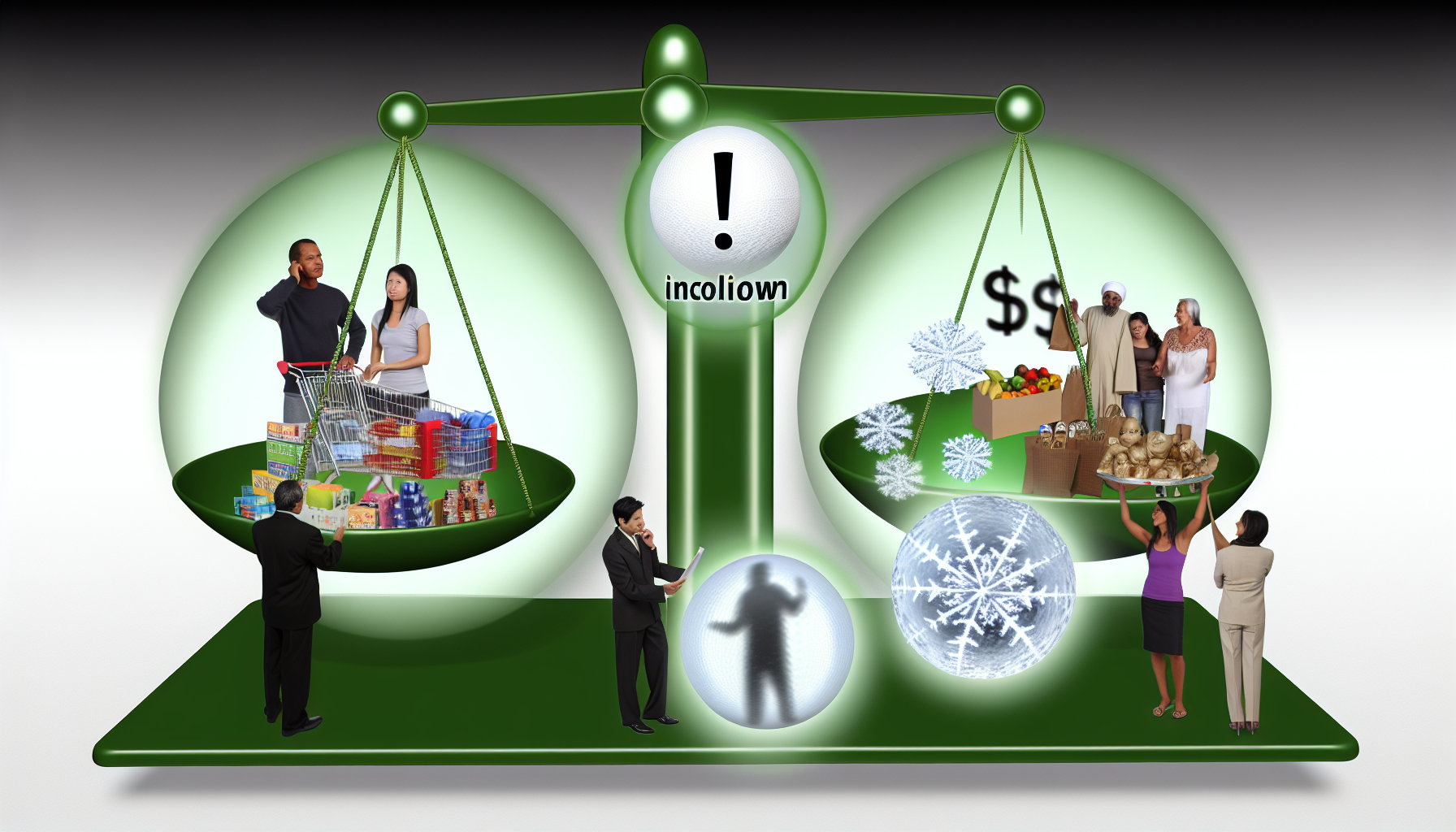


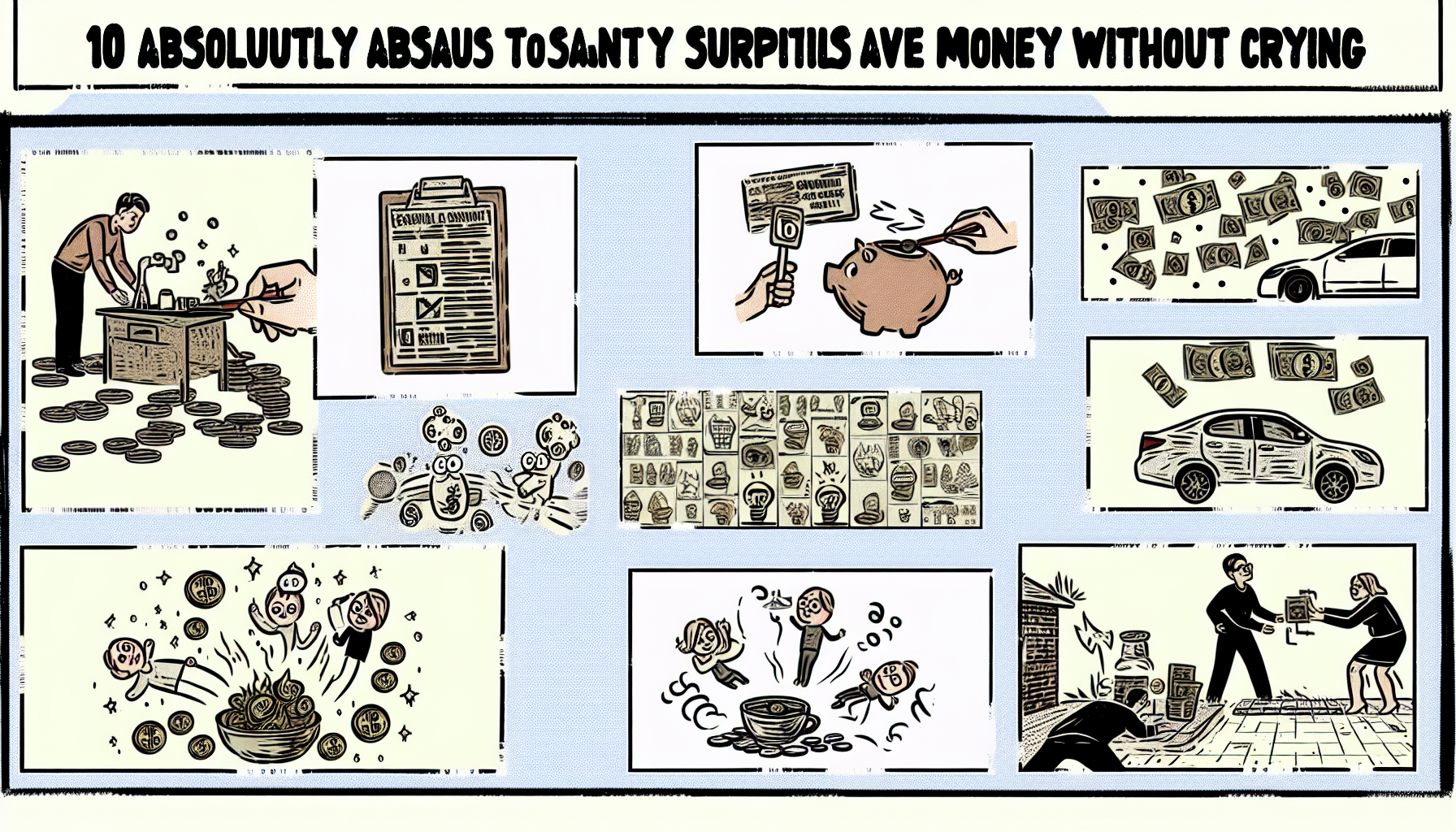







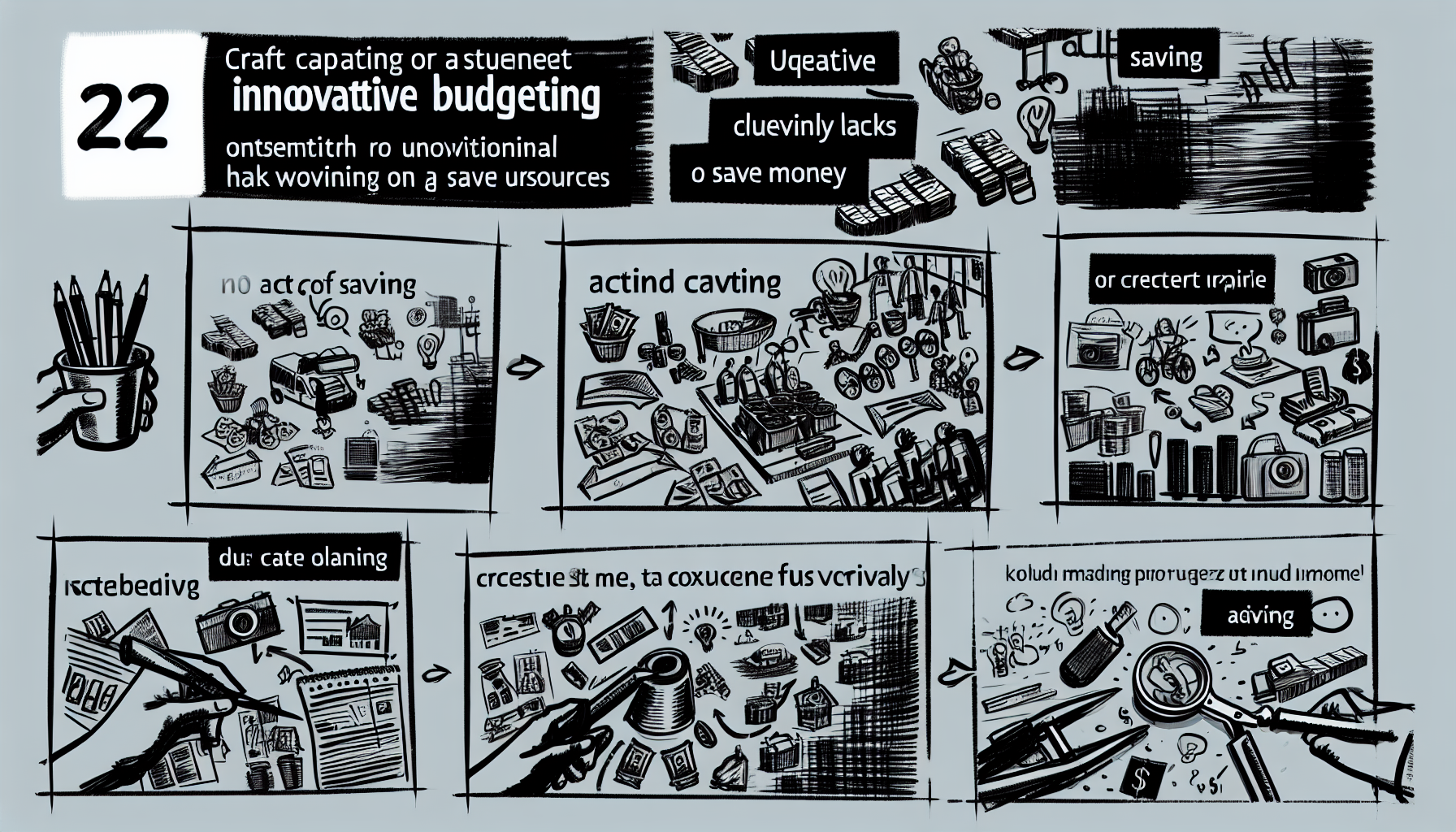
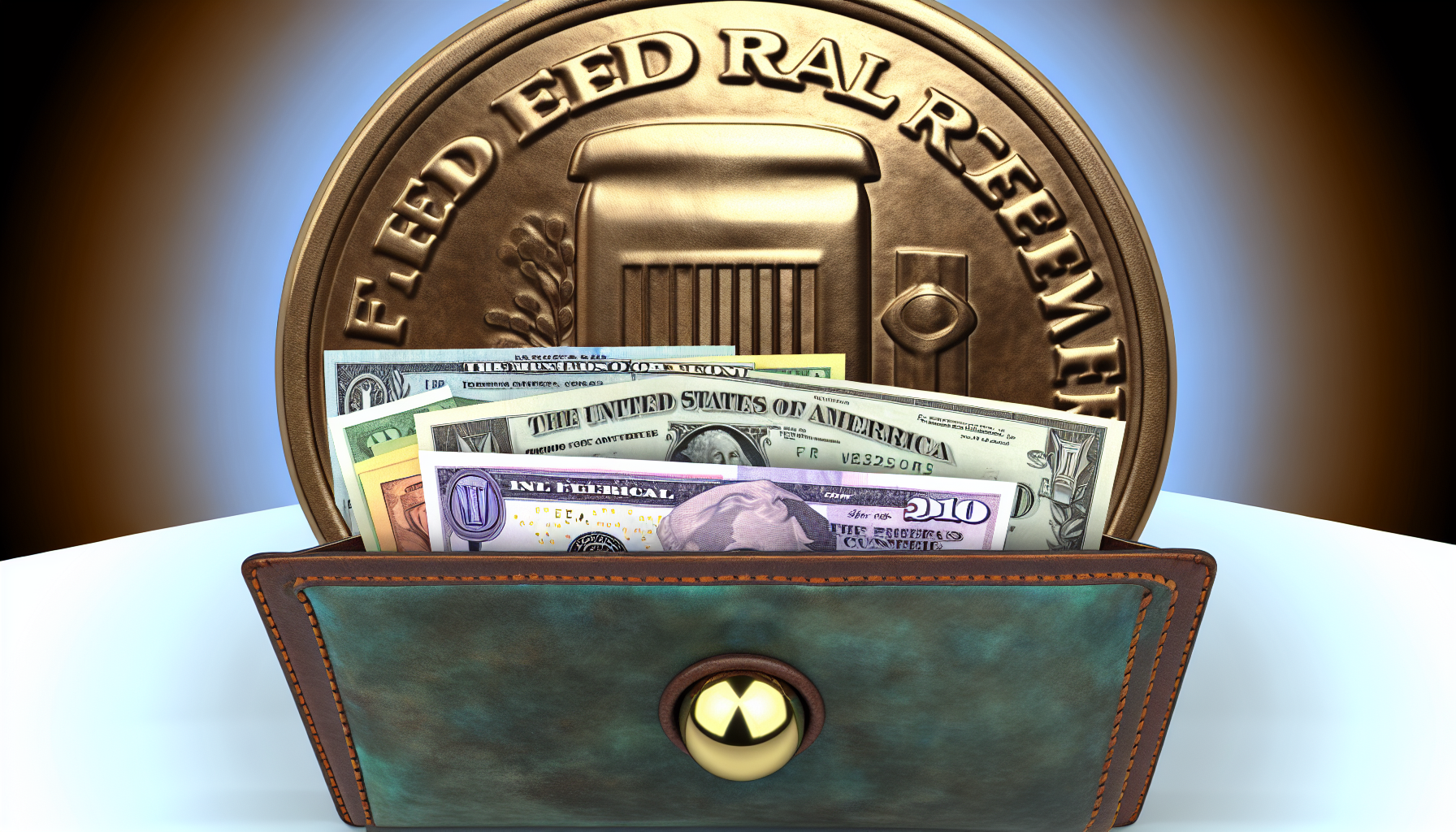



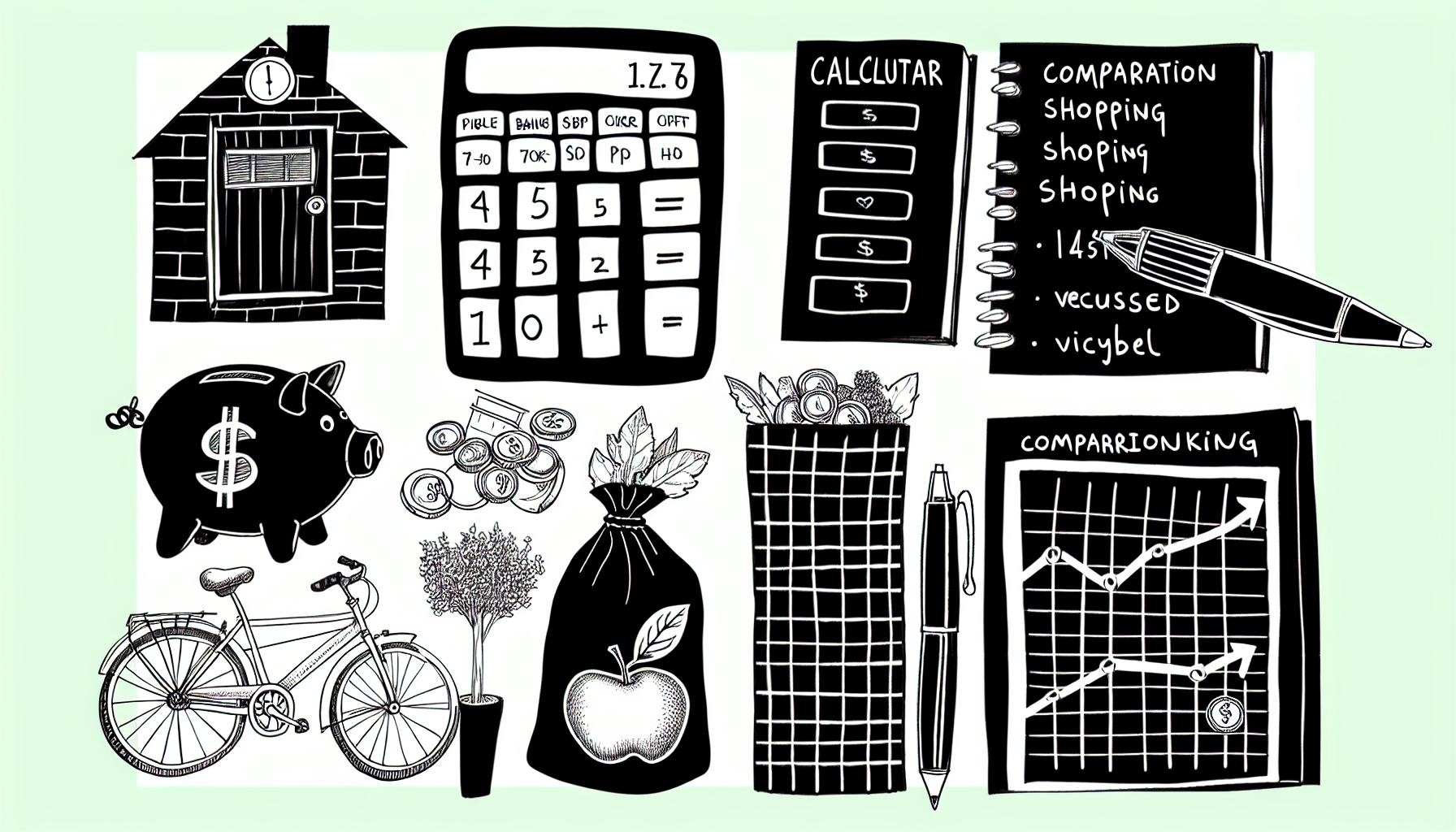



Leave a Reply